The nuts can be cracked by carefully tightening them in a bench vice or striking them with a hammer after placing them in a sack or clear plastic bag. Here is a link to a video of how to crack mac nuts using a ratcheting PVC pipe cutter Click Here There are, also, specialty nut crackers available from our store … Click Here.
*Humans crack open the nut and then eat the inside kernel so it’s up to you if you want to wash off the shell. Birds put the nuts in their mouths to crack them open so we recommend to always wash off the shell first.*
*Feeding nuts to Hyacinth Macaws* No pesticides are used on our farms Macadamia Nut trees or nuts, and at the time of shipping the nuts are thoroughly inspected for quality and only the best of what is available is included in your order. That being said, we recommend, as with any food item that does not come in a sealed package, such as an apple, that you inspect and wash the nuts right before giving them to your bird, and do not let the nut shells come in contact with your birds water source. While the chances of your order coming into contact with any outside factors and becoming contaminated before you receive it are slim, the safety of your beloved pets is paramount and we would hate for your pet to get sick from something getting on the shell and then going in its mouth.
*Moldy Nuts* If you find an occasional moldy nut it might be one that was not picked from the orchard quickly enough. Either the pickers did not see it on the ground, or it was in a grassy area or something similar. A few moldy nuts in your order are possible and should be covered by the extra half pound of nuts that we include in every box over 10 pounds. If you have more than a few moldy nuts this was most likely caused by moisture build up in the shell. For example: If the nuts had been sitting in the box in the sun somewhere at the post office or in a car and then you get them and put them in the fridge that would make the nuts sweat and moisture would build up inside the shell. The excess moisture will then make the kernel mold. Also, any extreme temperature changes will cause condensation and this could cause the kernel to mold. So be sure to avoid rapid temperature change. Nuts, in general, contain lots of oil. Macadamia Nuts, in particular, contain more oils than most other nuts; therefore care should be taken when storage is required in order to prevent the oils from becoming rancid over time. To avoid any problems created by long-term storage, you might seriously consider our “Subscription” program. This is a very good way to assure that your nuts are always fresh; particularly the in-shell nuts. It works like this: place your subscription order for, say, 17 lbs to delivered once every 2 months -or- 51 lbs every 3 months -or- some other quantity and shipping period that suits your special needs. We can even ship nuts to you once every month, if that is your wish. You are placed into our shipping schedule, which assures the availability of fresh nuts when you want them, and it locks-in the price for a period of one year. If you have a lively retail/wholesale business or a very hungry bird, you might want to consider this program.


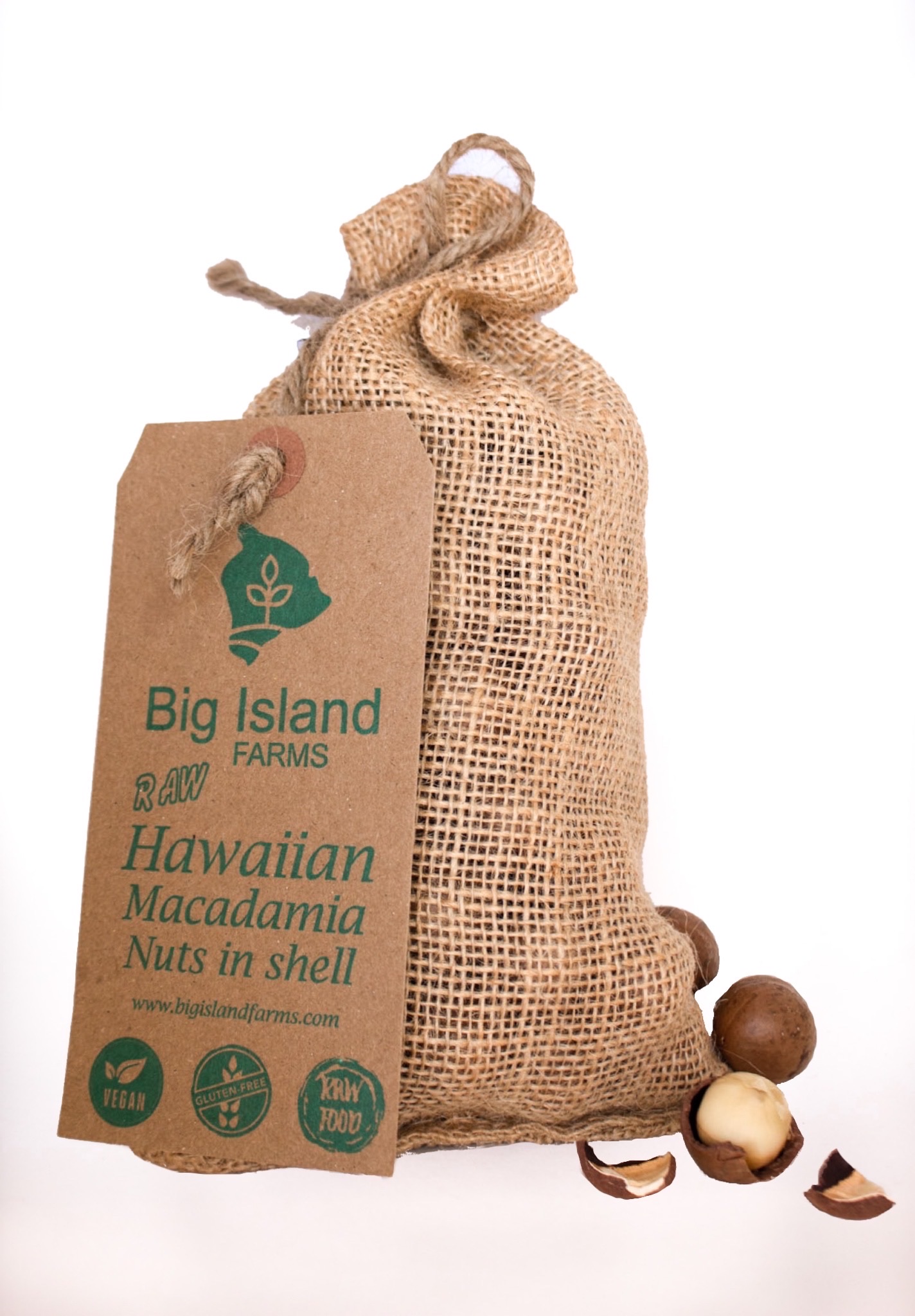

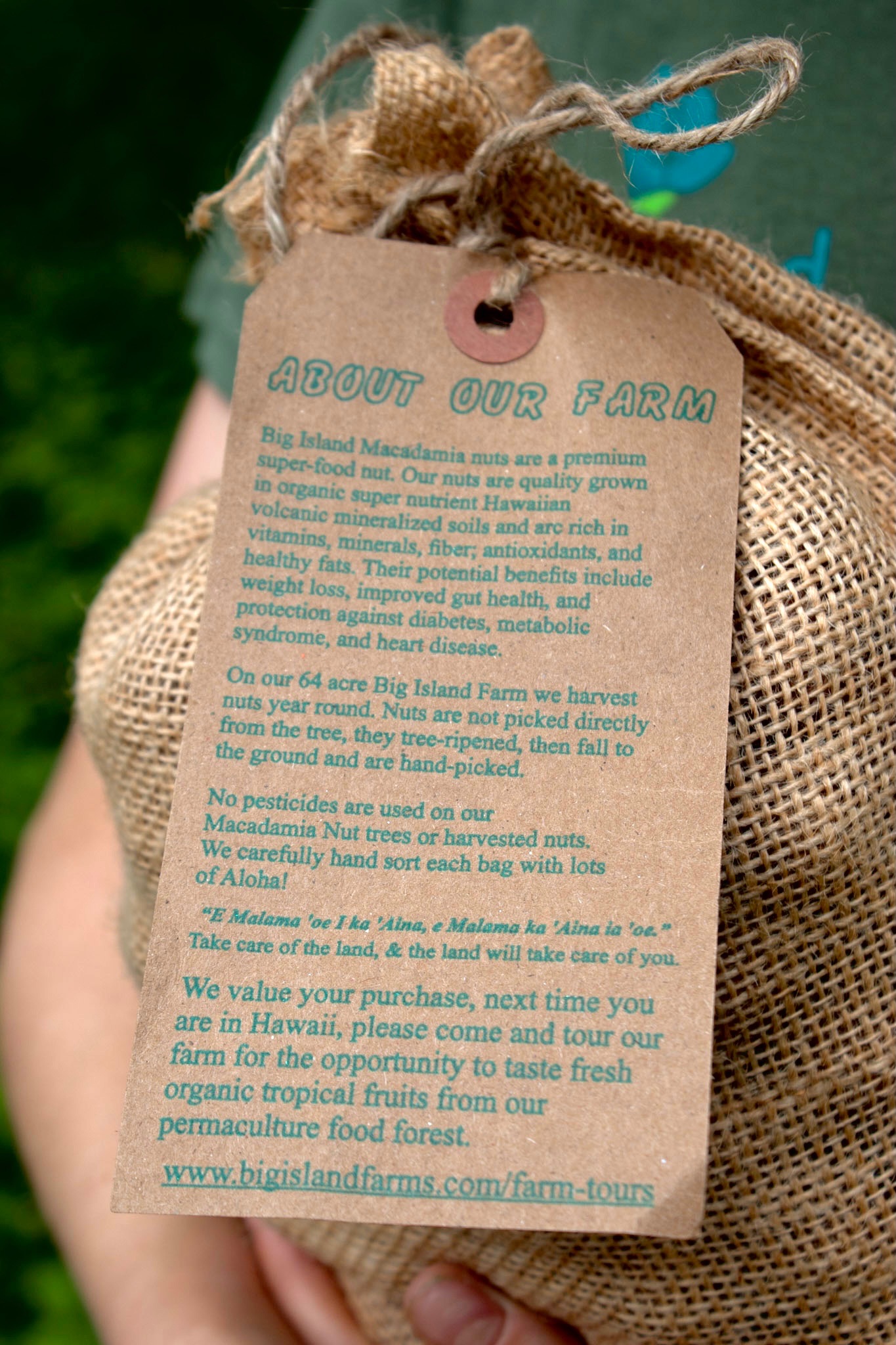
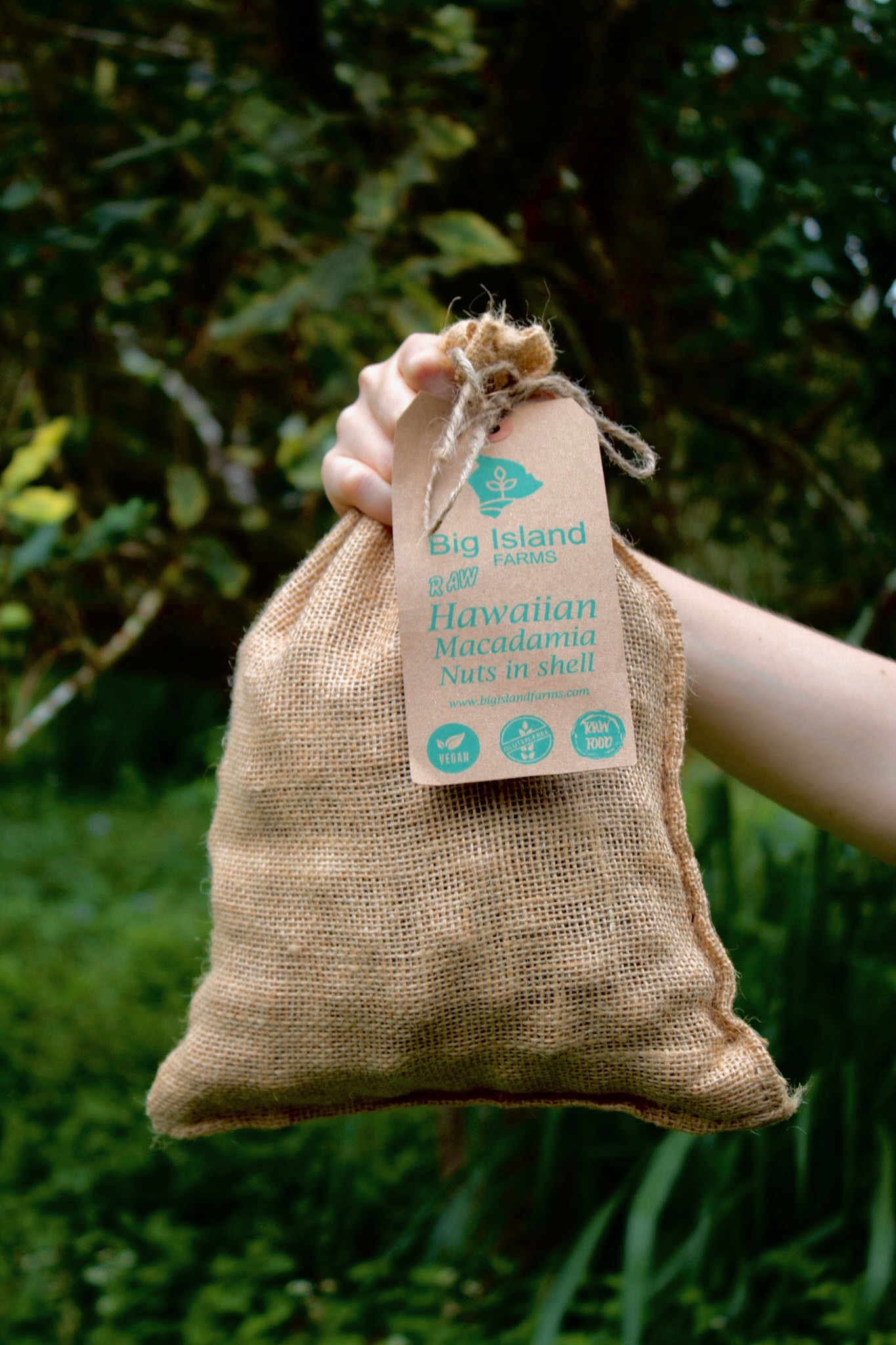
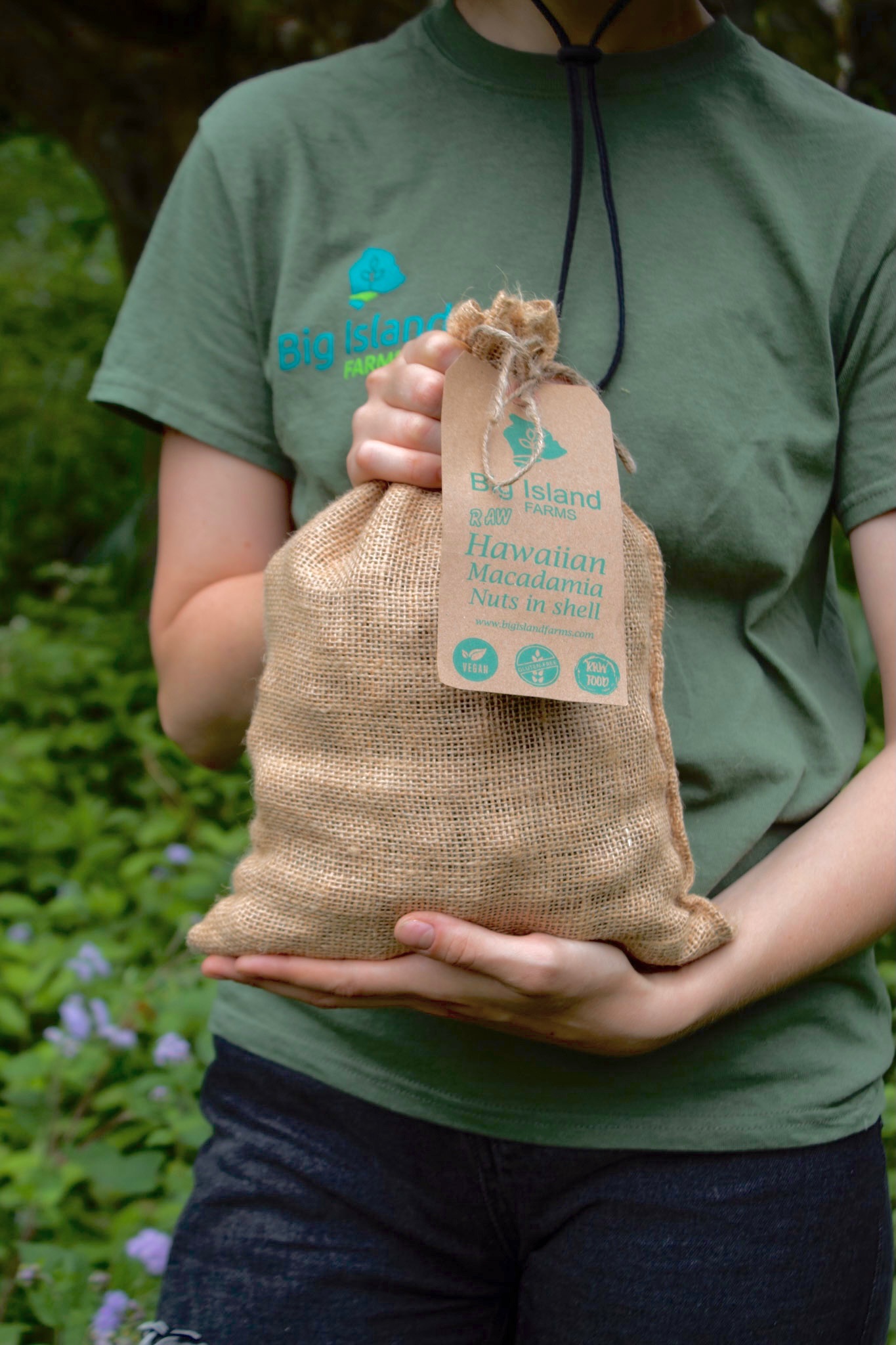
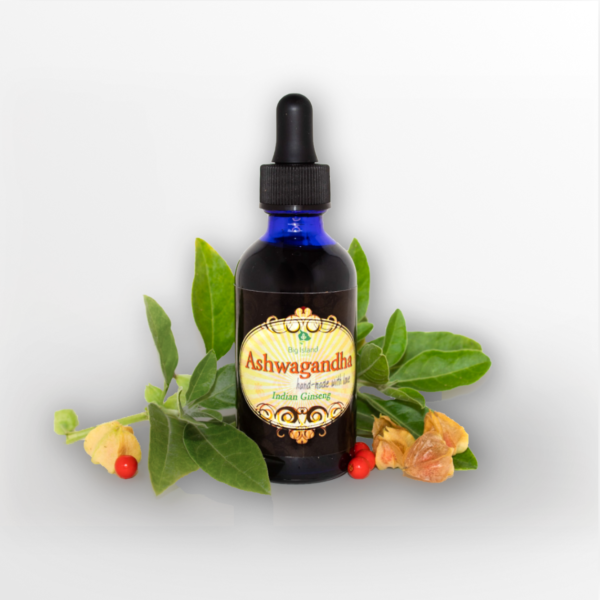
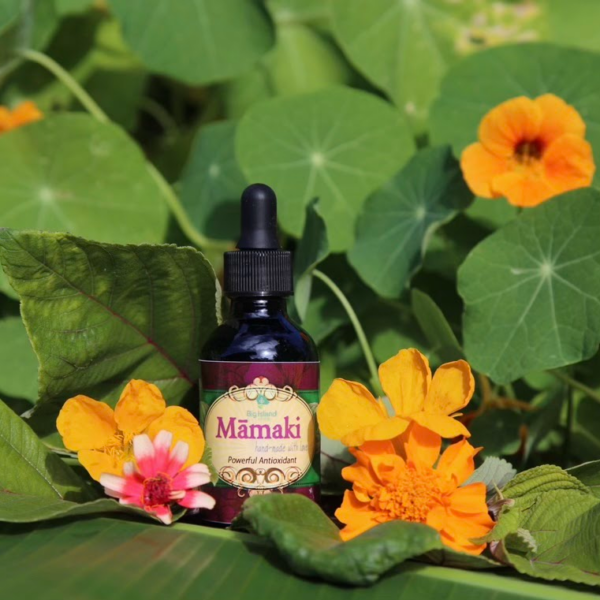
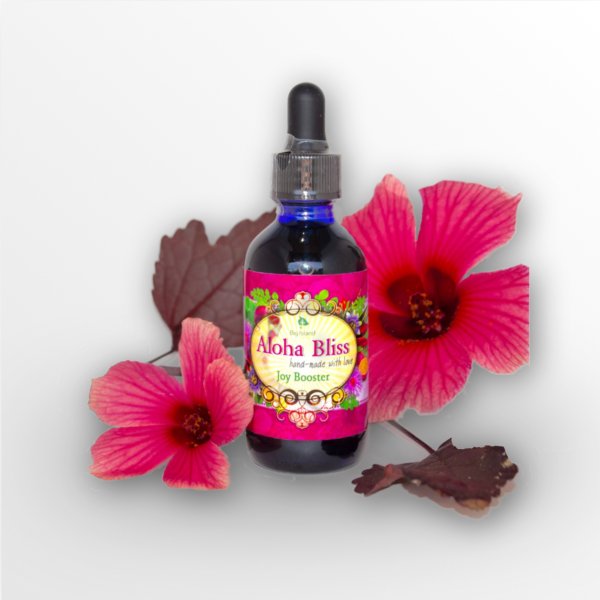
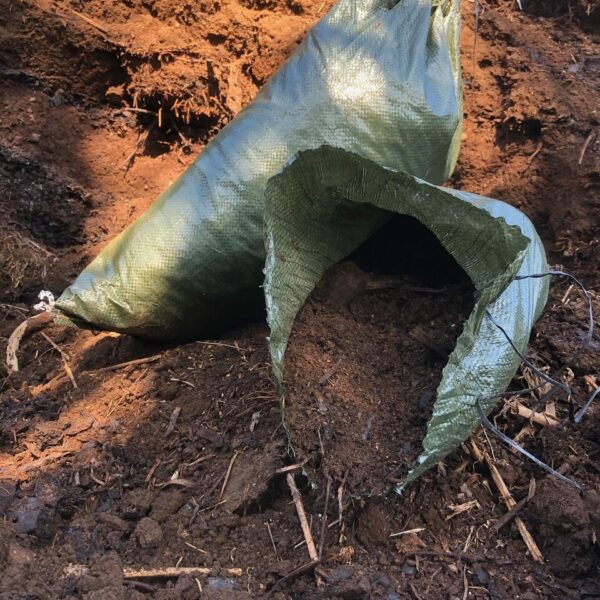
Reviews
There are no reviews yet.